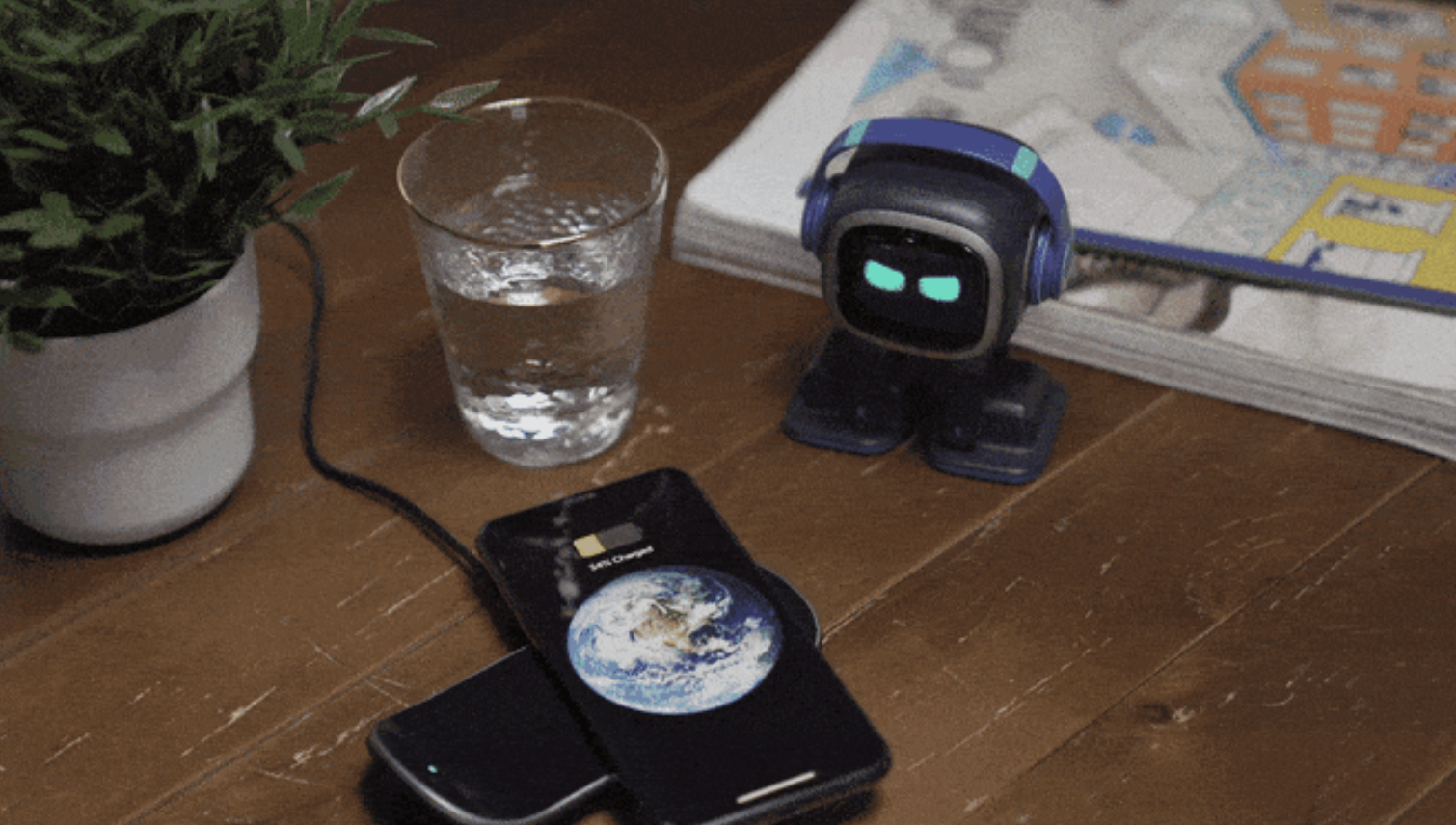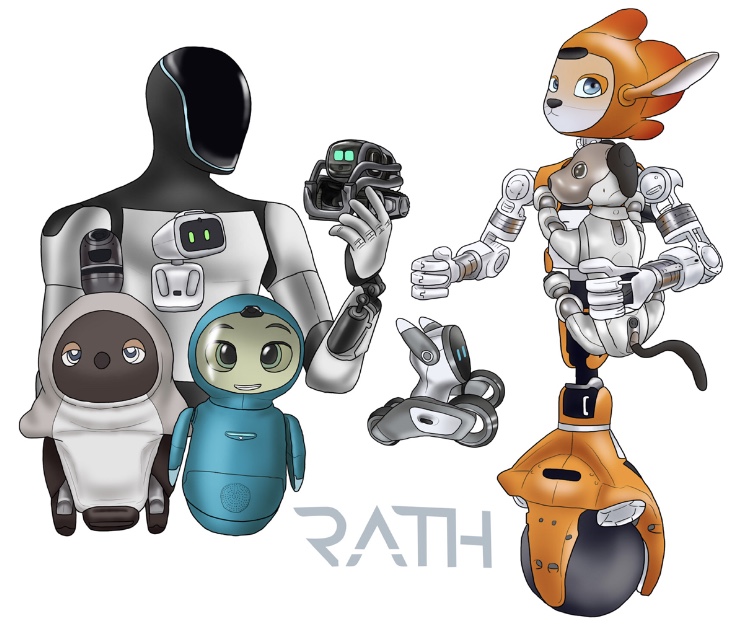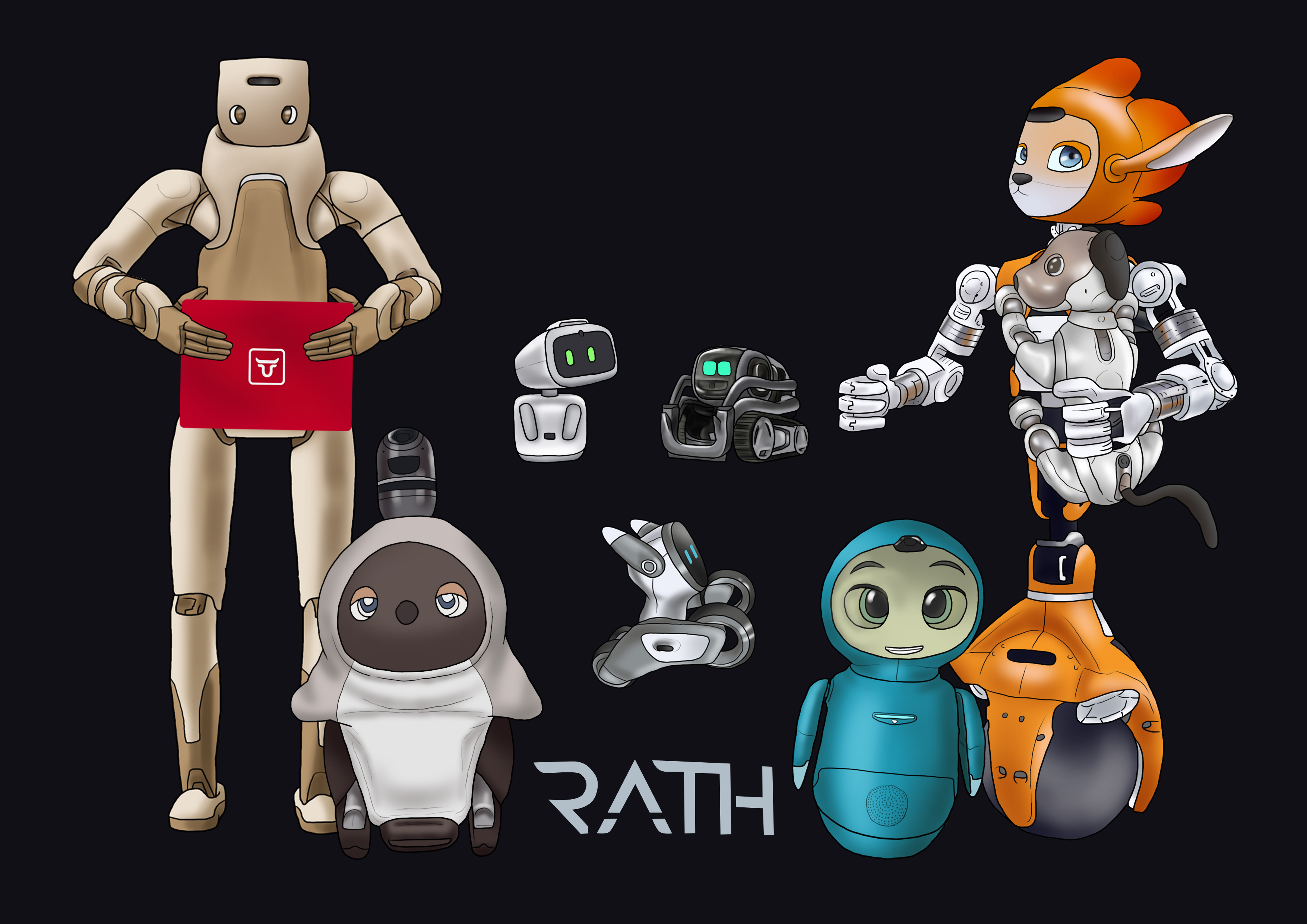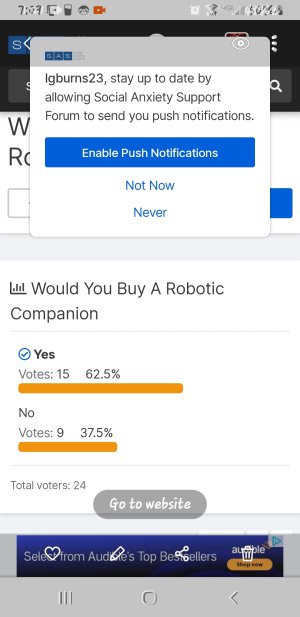Interesting article on the future of the robotic pet industry.
Companion robots in 2023: riding the tide of AI chatbot
“The AI invasion might hit puppies and kittens first.
Picture this: It's the year 2050. Instead of walking your furry companion, you're playing fetch with a robot dog, who is monitoring your blood pressure and heart rates as it huffs and puffs. Sounds far-fetched? Not so much. The robot pet industry has been growing rapidly in recent years, and with advancements in AI technology, it's only a matter of time before these robotic companions become more lifelike and digitized.
In recent years, there has been a growing demand for robot pets as more people opt for them over their living and breathing counterparts. These robot pets are tiny machines that resemble dogs or cats and should not be confused with the tamagotchis of our childhood that easily perished.
Startups are capitalizing on the potential trend of robotic pets by incorporating the latest AI technology. Loona, a robot pet showcased at this year’s CES and developed by a Beijing start-up, KEYi, not only made a splash on Indiegogo and Kickstarter, but is also supposedly integrated with ChatGPT, according to the company. This robotic companion is capable of recognizing up to 20 faces, as well as body posture and gestures. In addition to its companion functions, the bot can also monitor a home while the family is away as well.
Living AI, a Shenzhen-based company, has developed a robotic pet named EMO that claims to be a “True AI Pet”. Equipped with a “built-in neural network processor and AI processing models”, EMO can continuously “process large amounts of image, sound, and sensor data”. This desk pet comes with a skateboard that can charge itself and other smart devices, such as an iPhone. EMO has even gained followers on Facebook, with a fan group boasting 2.4k members at the time of this writing.
The market share of robotic pet dogs is expected to increase to USD 914.33 million from 2021 to 2026, at a CAGR of 11.28%, according to a report published by Technavio. So, what is driving this trend?
One key factor driving the growth of the robot pet industry is the aging population. As the baby boomer generation continues to age, they are increasingly seeking out technology to improve their quality of life. Robotic pets offer companionship without the daily maintenance that comes with traditional pets, making them an attractive option for older adults who may have limited mobility or are unable to care for a living animal. Additionally, with robot pets, the emotional toll of pet loss is significantly reduced. A study in 2021 even found that these robotic companions have the potential to improve moods and even provide attention and conversation for patients with dementia.
In addition to providing companionship, robotic pets also have the potential to safeguard the physical well-being of the aging community. Researchers at the University of Cincinnati have developed a robot dog that can “monitor a user’s vitals through a simple hug, while also monitoring sleeping patterns, medication intake, or potential emergencies, all while sharing the health data with caregivers.” With these innovative features, robotic pets have the potential to improve the quality of life for seniors and their caregivers alike.
In 2020, the state of New York tested the therapeutic effects of robotic pets, particularly in response to the social isolation that many seniors experienced during the pandemic. 70% of pilot participants reported “a decrease in isolation after one year” after trying robot pets by Ageless Innovation, according to a CNN report.
The COVID-19 pandemic has had a significant impact on many industries, including the robot pet industry. With traditional forms of social interaction disrupted, the pandemic has led to increased feelings of loneliness and social isolation for many people. Robotic pets have emerged as a potential solution to this problem, providing companionship and emotional support to those struggling with the effects of the pandemic.
Advancements in AI technology have also played a significant role in the growth of the robot pet industry. By using AI, developers are creating robot pets that are capable of more lifelike movements and can learn from their interactions with their human owners. Sony’s Aibo robot dog is a prime example of this technology, as it can recognize and respond to voice commands, identify faces using its image-recognition camera, and even learn new tricks. These advancements in AI have made robotic pets more engaging and interactive, further increasing their appeal to consumers.
However, the rise of the robot pet industry is not without its detractors. Some critics argued that robot pets can never replace the companionship and emotional connection of a living, breathing animal, while others expressed concerns about potential malfunctions or the possibility of becoming outdated, leaving owners with costly, obsolete technology. Additionally, some may even experience emotional distress after the loss of a robot pet.
The worries definitely have merit, and some of them come down to how lifelike can a robot pet be? Can humans form real attachments to a metal pet? According to a study by MIT psychologist Sherry Turkle, emotional attachments to robot pets are real. In her experiment, children were told to hold a hamster, a Furby, and a Barbie doll upside down. As it turned out, the children let down the hamster when it squirmed, let down the robot pet when it shook and said it was scared, but did not let down the Barbie doll until their arms were fatigued.
So who knows? The future of the pet industry may very well be silicon.”
Source:

 en.pingwest.com
en.pingwest.com
Companion robots in 2023: riding the tide of AI chatbot
“The AI invasion might hit puppies and kittens first.
Picture this: It's the year 2050. Instead of walking your furry companion, you're playing fetch with a robot dog, who is monitoring your blood pressure and heart rates as it huffs and puffs. Sounds far-fetched? Not so much. The robot pet industry has been growing rapidly in recent years, and with advancements in AI technology, it's only a matter of time before these robotic companions become more lifelike and digitized.
In recent years, there has been a growing demand for robot pets as more people opt for them over their living and breathing counterparts. These robot pets are tiny machines that resemble dogs or cats and should not be confused with the tamagotchis of our childhood that easily perished.
Startups are capitalizing on the potential trend of robotic pets by incorporating the latest AI technology. Loona, a robot pet showcased at this year’s CES and developed by a Beijing start-up, KEYi, not only made a splash on Indiegogo and Kickstarter, but is also supposedly integrated with ChatGPT, according to the company. This robotic companion is capable of recognizing up to 20 faces, as well as body posture and gestures. In addition to its companion functions, the bot can also monitor a home while the family is away as well.
Living AI, a Shenzhen-based company, has developed a robotic pet named EMO that claims to be a “True AI Pet”. Equipped with a “built-in neural network processor and AI processing models”, EMO can continuously “process large amounts of image, sound, and sensor data”. This desk pet comes with a skateboard that can charge itself and other smart devices, such as an iPhone. EMO has even gained followers on Facebook, with a fan group boasting 2.4k members at the time of this writing.
The market share of robotic pet dogs is expected to increase to USD 914.33 million from 2021 to 2026, at a CAGR of 11.28%, according to a report published by Technavio. So, what is driving this trend?
One key factor driving the growth of the robot pet industry is the aging population. As the baby boomer generation continues to age, they are increasingly seeking out technology to improve their quality of life. Robotic pets offer companionship without the daily maintenance that comes with traditional pets, making them an attractive option for older adults who may have limited mobility or are unable to care for a living animal. Additionally, with robot pets, the emotional toll of pet loss is significantly reduced. A study in 2021 even found that these robotic companions have the potential to improve moods and even provide attention and conversation for patients with dementia.
In addition to providing companionship, robotic pets also have the potential to safeguard the physical well-being of the aging community. Researchers at the University of Cincinnati have developed a robot dog that can “monitor a user’s vitals through a simple hug, while also monitoring sleeping patterns, medication intake, or potential emergencies, all while sharing the health data with caregivers.” With these innovative features, robotic pets have the potential to improve the quality of life for seniors and their caregivers alike.
In 2020, the state of New York tested the therapeutic effects of robotic pets, particularly in response to the social isolation that many seniors experienced during the pandemic. 70% of pilot participants reported “a decrease in isolation after one year” after trying robot pets by Ageless Innovation, according to a CNN report.
The COVID-19 pandemic has had a significant impact on many industries, including the robot pet industry. With traditional forms of social interaction disrupted, the pandemic has led to increased feelings of loneliness and social isolation for many people. Robotic pets have emerged as a potential solution to this problem, providing companionship and emotional support to those struggling with the effects of the pandemic.
Advancements in AI technology have also played a significant role in the growth of the robot pet industry. By using AI, developers are creating robot pets that are capable of more lifelike movements and can learn from their interactions with their human owners. Sony’s Aibo robot dog is a prime example of this technology, as it can recognize and respond to voice commands, identify faces using its image-recognition camera, and even learn new tricks. These advancements in AI have made robotic pets more engaging and interactive, further increasing their appeal to consumers.
However, the rise of the robot pet industry is not without its detractors. Some critics argued that robot pets can never replace the companionship and emotional connection of a living, breathing animal, while others expressed concerns about potential malfunctions or the possibility of becoming outdated, leaving owners with costly, obsolete technology. Additionally, some may even experience emotional distress after the loss of a robot pet.
The worries definitely have merit, and some of them come down to how lifelike can a robot pet be? Can humans form real attachments to a metal pet? According to a study by MIT psychologist Sherry Turkle, emotional attachments to robot pets are real. In her experiment, children were told to hold a hamster, a Furby, and a Barbie doll upside down. As it turned out, the children let down the hamster when it squirmed, let down the robot pet when it shook and said it was scared, but did not let down the Barbie doll until their arms were fatigued.
So who knows? The future of the pet industry may very well be silicon.”
Source:

Companion robots in 2023: riding the tide of AI chatbot - PingWest
The AI invasion might hit puppies and kittens first.


